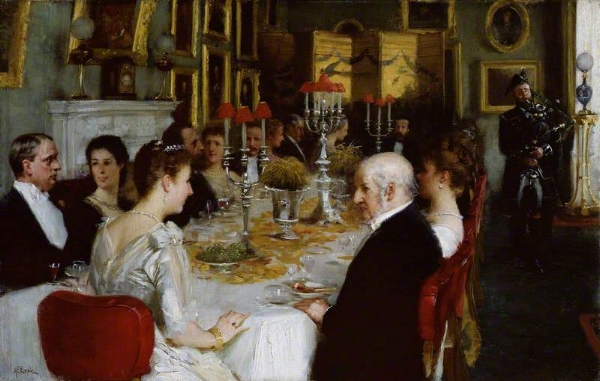The Naked Consumer: Do We Marketers Ever See People As They Really Are?
Last week saw the passing, aged 90, of the art critic and writer, John Berger. Berger was a charming man with a conventional middle-class manner but rather radical opinions. In his art criticism he encouraged us to strip away the assumptions and pretensions of traditional practice and to regard paintings with fresh eyes and from fresh perspectives.
My wife’s great aunt happened to appear in a Berger TV documentary in the ‘70s. As an experienced nurse, she was invited to comment on the portrayal of death in a number of famous paintings. She had seen death first hand many times and was therefore able to give an unvarnished and insightful response. In an age of reverence towards formal expertise, this kind of people’s perspective on art was revolutionary.
‘Seeing comes before words. The child looks and recognizes before it can speak.’
First line of Ways of Seeing, John Berger
Berger was best known for his brief 1972 documentary series Ways of Seeing. It is a low budget affair, hosted by an earnest, sometimes smoking, Berger in shaggy locks and pattern-striped shirt. In the series he asks that we consider all imagery in its social and political context. Our understanding of art and mass media must be framed by our understanding of the power relationships between the artist, the subject, the commissioner, the owner and the viewer.
The most celebrated episode of Ways of Seeing considers the distinction between the naked and the nude. Berger points out that there was a tradition in European art of female subjects being painted without clothes by male artists, for wealthy male patrons and assumed male observers. He asserts that therefore the traditional female nude does not represent women as they were, but as all those male artists, owners and viewers wanted them to be. The nude in art is an objectified vision of women.
‘To be naked is to be oneself. To be nude is to be seen naked by others and yet not recognised for oneself. A nude has to be seen as an object in order to be a nude… Nakedness reveals itself. Nudity is placed on display.’
Susanna and the Elders by Tintoretto
It’s a compelling distinction. I found myself considering the baggage we carry with us when we in the marketing and communications professions engage with consumers. Can a marketer ever see consumers as they really are? Or, given our endless evaluations and expectations, can we only objectivise them like the nudes in European art?
We think of consumers as targets for communication, as sources of revenue. We see them as segments and sectors, demographics and data-points. We reduce them to trends and typologies, life-stages and life-styles. We rate them for their frequency of interaction with us, their loyalty to us, their value for us. We think of consumers first and foremost in terms of their relationship with ourselves. We fail to comprehend that people are at the centre of their own universes; not orbiting around us and our brands.
And of course the very fact that we call people ‘consumers’ betrays our perception of them: as vehicles for absorbing time and space, money and materials.
My first job after college was as a Qualitative Market Researcher. I recall on one occasion we were commissioned to interview regular readers of a woman’s weekly magazine. The Clients were repeatedly disappointed with our recruitment. They felt our respondents were insufficiently expert in the nuanced changes they had made to the publication. ‘Regular readers would know much more about us than these people.’ So we recruited again, and again, and again, never really locating the publishers’ paradigm consumer. It became increasingly evident that that paradigm only existed in the minds of the publisher; and that the genuine regular readers just didn’t live up to our Clients’ expectations of them.
Consumers are rarely who we want them to be. They’re just who they are. They can be infuriatingly emotional, absurdly unfaithful. They can display low attention spans, poor memory and wilful misunderstanding. They can be irrational, illogical, inconsistent. They can be simultaneously care-worn, careless and carefree. And most of the time they simply don’t care about us.
We all believe that at its heart good marketing understands and addresses the changing needs and desires of consumers. But we can only understand consumers if we think of them as human beings.
Do we marketers ever see people as they really are? Do we ever see the naked consumer?
No. 113
















